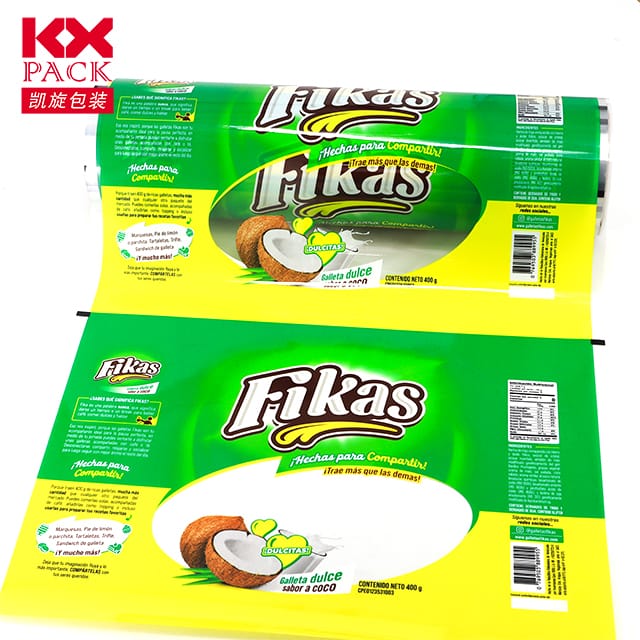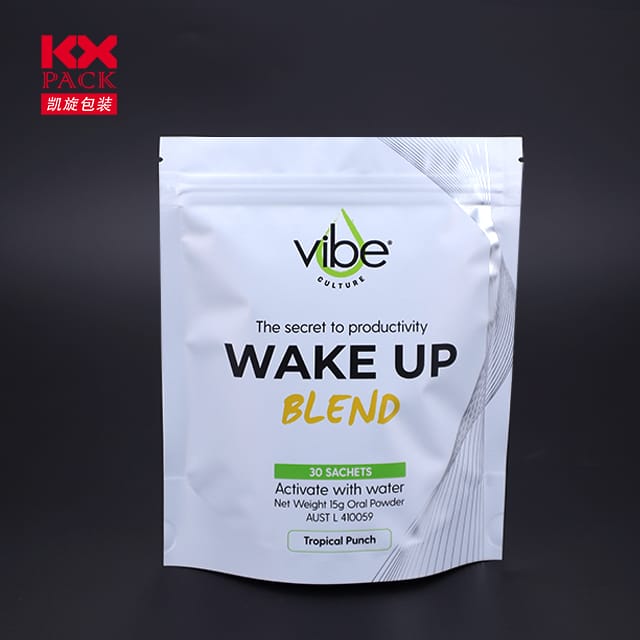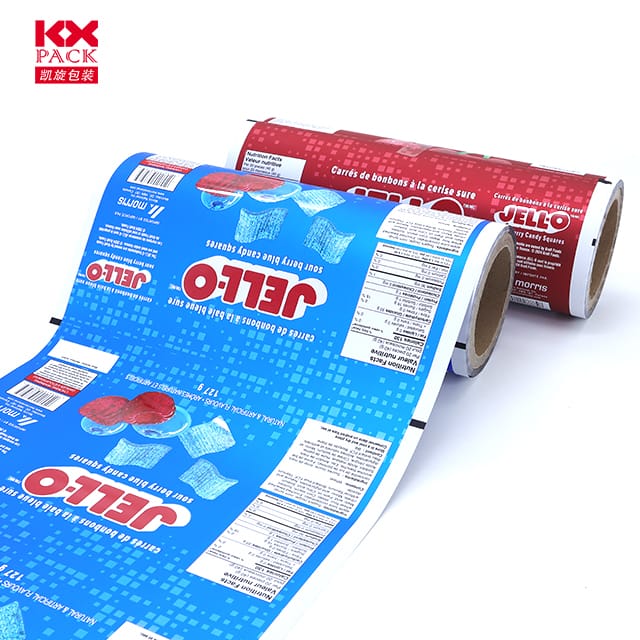食品包装电影的创新和可持续性: 全面的概述
食品包装薄膜
在食品行业的动态景观中, 食品包装膜在确保食品安全方面起着关键作用, 质量, 和长寿. 这些电影不仅保护食物免受外部污染物的侵害,而且还延长了保质期, 减少浪费, 并增强消费者的吸引力. 随着全球对可持续和高性能包装解决方案的需求继续增长, 食品包装电影领域正在见证了非凡的创新.
市场概述和增长趋势
全球食品软包装膜市场正在经历强劲的增长, 由于对食品安全的意识提高了消费者的驱动, 环境可持续性, 以及对方便的需求, 即食食品. 根据Qyresearch的最新报告, 全球食品软包装膜市场的规模约为35,817.3mi二我on2023一个d我秒projECtedt矿石ACh51,968.8 百万 2030, 具有复合年增长率 (CAGR) 的 6.4%. 这种增长归因于几个因素, 包括新鲜和最少加工食品的日益普及, 包装技术的进步, 和严格的食品安全法规.
聚乙烯 (体育) 目前主导市场, 周围考虑 31.7% 总份额, 由于其出色的物理特性, 化学稳定性, 和成本效益. 聚丙烯 (聚丙烯) 和聚对苯二甲酸乙二醇酯 (宠物) 也是重要的球员, 随着各种食品包装应用的收养.
食品包装膜的类型
1. 传统的塑料膜
PE和PVC电影广泛用于食品包装行业. PE电影以其灵活性而闻名, 耐化学性, 和环境友好. 它们通常用于包装水果, 蔬菜, 肉类, 和面包, 提供有效的水分和氧屏障特性. PVC电影, 另一方面, 提供高透明度, 机械强度, 和出色的加工性, 使它们适合短期食物保存和覆盖.
2. 可生物降解和绿色电影
应对日益增长的环境问题, 可生物降解和绿色包装膜的发展已获得了显着的牵引力. 这些电影来自可再生资源,例如多糖, 蛋白质, 和合成的脂肪族聚酯, 提供传统基于石油的塑料的可持续替代品. 非溶剂阶段反转 (nip) 和静电纺丝技术已经成为制造具有增强屏障特性和机械强度的生物聚合物膜的有前途的方法.
食品包装电影的创新
1. 多层联合技术
多层共置技术允许不同聚合物的组合创建具有量身定制特性的薄膜. 例如, 乙烯 - 乙烯醇共聚物的核心层 (乙烯醇) 可以将两个外层的丙烯丙烯二聚合物夹在两个外层之间 (EPT), 提供出色的氧屏障性能,同时保持光学清晰度和收缩特性. 该技术在包装易腐食品方面特别有用, 延长的保质期至关重要的地方.
2. 纳米技术整合
纳米填料的掺入, 例如银纳米颗粒 (agnps), 二氧化钛 (TIO2), 和壳聚糖, 进入生物聚合物矩阵已彻底改变了食品包装膜的功能特性. 这些纳米燃料增强了机械, 光学的, 热的, 和障碍物, 同时也赋予抗菌和抗氧化作用. 例如, AGNP已显示可有效抑制细菌和真菌的生长, 降低食物变质和污染的风险.
3. 聪明的包装电影
智能包装电影集成了先进技术,以提供有关食品质量和安全性的实时信息. 这些膜可以监视参数,例如温度, 湿度, 和气体组成, 提醒消费者潜在的破坏或污染. 例如, 时间-温度指标 (爸爸) 和气体传感器可以嵌入包装膜中,以跟踪存储和运输过程中可腐烂食品的新鲜度.
挑战和未来的方向
尽管食品包装电影取得了许多进步, 仍然存在一些挑战. 可生物降解材料的高成本和生产过程的可扩展性有限,构成了广泛采用的重大障碍. 此外, 基于纳米式电影的安全性和监管合规性需要进一步调查,以确保消费者信任和市场接受.
展望未来, 食品包装电影的未来在于可持续发展的发展, 多功能的, 和智能包装解决方案. 研究人员正在探索新颖的生物聚合物, 例如多羟基烷烃 (PHAS) 和聚乳酸 (解放军), 以及创新的处理技术,以增强绿色包装材料的性能和负担能力. 此外, 循环经济原则的整合, 例如回收和堆肥, 对于减少食品包装浪费的环境影响至关重要.
综上所述, 食品包装膜处于食品行业创新的最前沿, 驱动食品安全方面的进步, 质量, 和可持续性. 随着市场的继续发展, 高性能的发展, 环保包装解决方案对于满足消费者和环境的不断变化的需求至关重要. 通过拥抱新技术和材料, 食品包装行业可以为更具可持续性和弹性的未来铺平道路.







